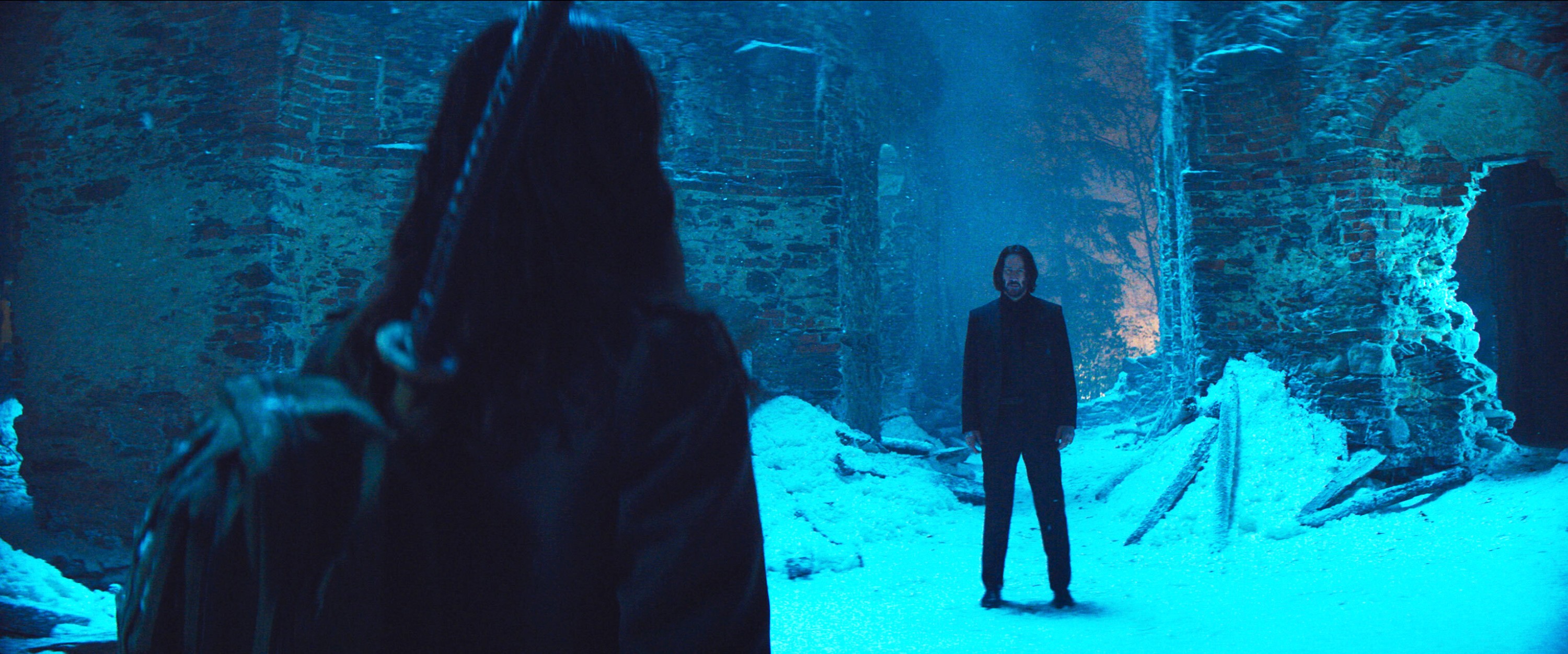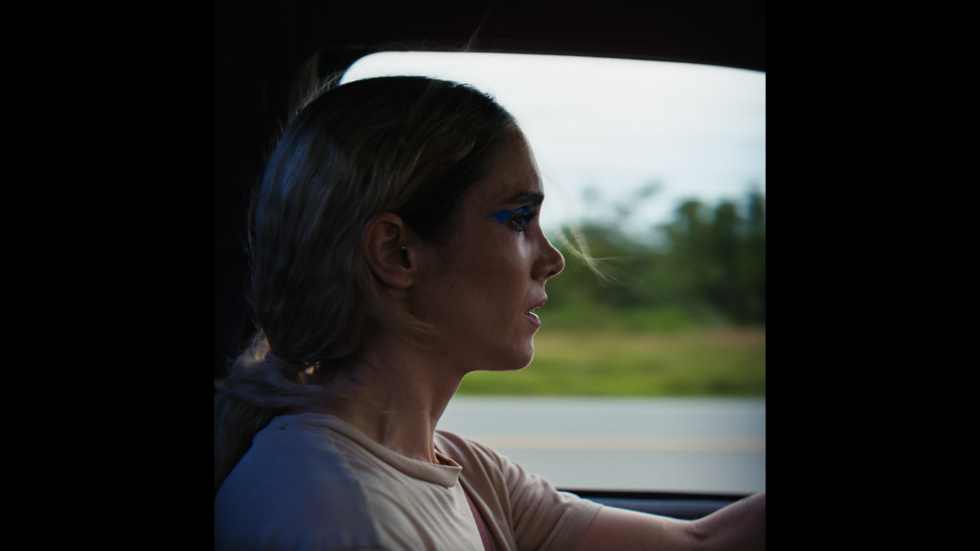In the new thriller “Ballerina,” Ana de Armas stars as Eve Macarro, the daughter of two assassins who goes into the family business to avenge her parents’ murder. Although Eve is a new heroine, the world in which she operates is a very familiar one to action fans — “Ballerina” is a “John Wick” spinoff that takes place between “John Wick: Chapter 3 – Parabellum” and “John Wick: Chapter 4.”
That meant the film‘s sound team had to stay consistent with the universe that had been established in the “John Wick” series while incorporating nuances specific to Eve and her way of fighting. “We would ask, ‘What would Wick do?” said supervising sound editor Mark Stoeckinger. “People are very aware of the world of John Wick, so you don’t want to stick out in a weird way that feels inappropriate to the genre.”
With that in mind, the sound department stayed true to a guiding principle of the earlier movies, which is that although the action is heightened, it’s also a bit closer to real life than in a superhero movie. “To a certain extent, John Wick and Ana de Armas’ character are fallible,” Stoeckinger said. “They do suffer. Anything they’re involved with really hurts, so we don’t necessarily go as broad as we could.”
Re-recording mixer Andy Koyama added that the way in which the “Wick” films are shot also informs the sound design. “What’s different from a lot of other films is that a lot of the action is actually happening,” Koyama told IndieWire. “The stunt people are doing it in long shots, and a lot of that pain is real, and hence there’s a lot of production sound in there. We try to use the effort and movement of the stunt people and actors as much as we possibly can, and I think that gives it a more grounded feel. There aren’t a million cuts.”
Over the course of the “John Wick” series, that style of extended takes and meticulously choreographed action has led the filmmakers to evolve a very specific approach to the sound. “I describe it as precision violence,” supervising sound editor Luke Gibleon told IndieWire. “We’re very selective and careful with the sound to make this diegetic action feel really dynamic. We try to use those dynamics to make the sound feel in the world, but over the top.”
“Snuck into that precision violence are weird imperfections that are my favorite part about mixing the effects for these movies,” re-recording mixer and supervising sound editor Casey Genton added. “Sometimes there’s a sound that comes just before or after something, like a really weird squeak, or something that happens offscreen. I think those little imperfection sounds ground it in a really interesting way and add to the realism.”

Stoeckinger notes, however, that some of the most enjoyable scenes to mix in “Ballerina” and the other “John Wick” movies have been the ones that gave the filmmakers license to move away from reality, namely those set in mythical spaces like the Continental Hotel or a basement where Eve undergoes a test as part of her training. “People talk about the guns and fights in these films, but I’m going to say that some of the most interesting sounds are the non-reality sounds that support the drama.”
One such example comes in that basement scene, where Gibleon gave the space a voice of its own. “I put together a weird kind of machine thumping and breathing sound to go with that uncomfortable space,” he said. “As the other person she’s going to be taking the test with comes into the room, we pull away from the music, and you just live in this weird space for a while. With these ‘Wick world’ spaces, we want you to feel like you’re in a different time and space altogether.”
One thing that separated “Ballerina” from previous “John Wick” movies was the simple fact that, as the title indicates, Eve is a dancer as well as an assassin. That meant incorporating subtle effects into the action sequences, which often exhibited an integration of Eve’s varied skills. “[Director Len Wiseman] wanted Ana to have a ballerina element inside of her sound as she moved,” Gibleon said. “Sometimes in the fight choreography, she would pirouette, and we would try to sneak in a little ballerina swoosh to make her seem graceful even when she’s being a badass.”
According to Koyama, ultimately the biggest challenge on a movie like “Ballerina” is creating a soundscape that immerses the audience without suffocating them — and without losing sight of the important nuances that make the movie unique. “Getting power and detail at the same time is always tricky,” Koyama said. “There’s a lot of sound all at once, and just finding the space for all things to be perceptible but not overwhelming is difficult.”
Ultimately, Koyama said that the clear communication between the various members of the sound team is what enables them to find the right balance. “ Sometimes it’s panning, equalization, balancing elements within the cues,” Koyama said. “And then we kind of look at each other, ‘Well, I’m doing all this stuff on the low end, Casey, maybe I need a little help there.’ It’s very collaborative and there’s a fair amount of trial and error, but we get there.”



